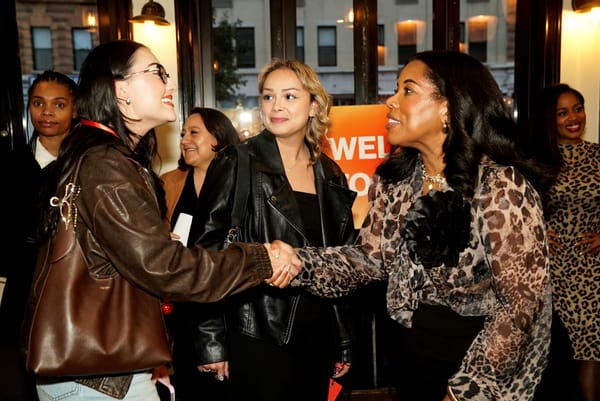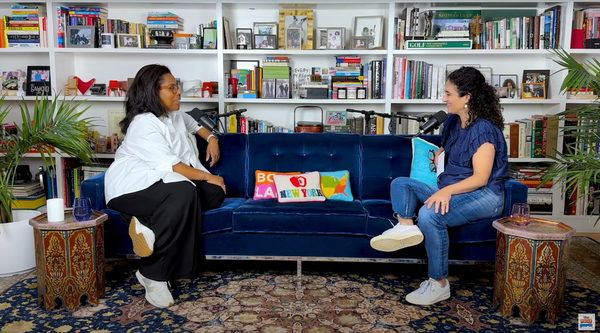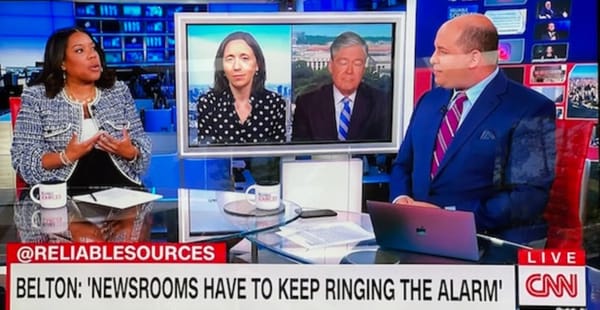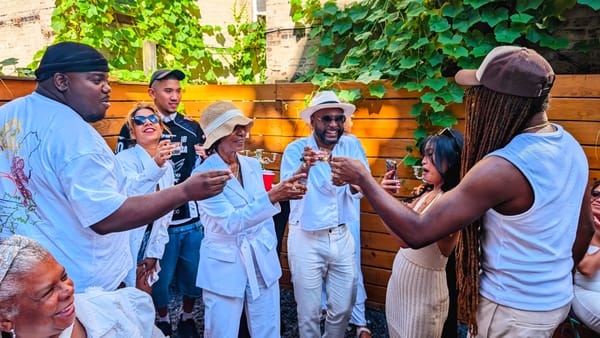The Discourse Is In 'Despair,' and My Closet Is A Mess — Might As Well Have a Biscuit!
It's the end of the world as we know it, and I'm not fine. I'm not fine at all!

Your host feels heavy, even though I wanted to be light for this latest Rage Relief Kit (the seventh in this series). Oh well! Guess this isn't a true relief from rage, but more like a knowing glance between long-tired, battle-weary warriors.
Two recent articles — one an essay and the other a well-reported feature — summed up two zeitgeisty moments going on right now. One was about our deteriorating Democracy within this fragile world, and the other was a look at a woman I once knew whose novel might have predicted the federal RICO case against fallen music mogul Sean "Diddy" Combs.
Drowning in Despair
Poet Hanif Abdurraqib's essay "In Defense of Despair" for The New Yorker touched me in unexpected ways. He writes about being someone who once "wanted to die" but saw his life get better just as the world decided to slide off its axis into insanity.
The opening gutted me because, child, I've been there before. Hell, I'm there right now, as many of us are (emphasis mine):
The Joke I tell that no one laughs at goes like this: I picked a pretty rough time to actually want to be alive; in retrospect, back when I wanted to die, things were not actually all that bad. In the office of my therapist, this formulation elicits a heavy sigh. Among friends, it prompts a look of concern. I can’t locate the punch line, even as I type it out. The joke is that I was once heartbroken enough to invent my own apocalypse. The joke is that I stayed alive long enough to witness a few real ones. The joke—and this is why I suspect no one laughs—acknowledges that we are perhaps coming to a collective understanding that there is a door closing, more quickly for some than for others, and that most of us are on the wrong side of it.
I wrote on Threads about the post and my past journey with wanting to self-immolate, only to outlast my demons and survive my personal dangers, then find myself in the same complicated, "is this the end?" mess as everyone else.
When I wanted to die, newspapers and magazines were still holding on. The world of journalism wasn't perfect, but it was vibrant, and there were jobs and opportunities to be had.
New and emerging platforms leveled the playing field for people like me, who came from the outside with little to no connections and wanted to prove they had what it took to be successful
Now that I'm successful and at peace with myself, "America" has decided it doesn't want to be "here" anymore. Here is democracy. Here is stability. And I feel adrift. Unmoored. Because while I had the control over me and could choose to live, I could not control the whims of a body politic that chose to hear what they wanted to hear from a man whose entire M.O. was plotted out by the Heritage Foundation, published and publicized, and widely reported
And yet, so many were surprised!
I don't have words for this particular feeling I've had of late. I look to pop culture for references, or I look to our forgotten past, and some of these examples make sense, while others don't. If' I'm drunk and corner you at a party, I might go on and on about how our dysfunctional relationship with the Democratic Party mirrors the ending of the Charlie Sheen 1996 sci-fi flick "The Arrival" when a would-be ally actually pulls the rug from under the protagonist at the penultimate moment. Or how, at least for immigrants at the moment, things mirror the WWII-era drama "Black Book" by director Paul Verhoeven, where every moment that seems safe is actually another trap for our heroine. And as I sit in sunlit street cafes while life bustles about me in New York City, I muse to my dinner mates that this cognitive dissonance must be what it felt like in Iran just before the revolution.
There are those who accuse anyone who thinks, says, or believes these things that we are "fearmongering." Meh. It's more like assuming the worst and working for the best. Any world where news leaders at CBS are resigning because their corporate overlords won't defend their people against an aspiring autocrat is a world teetering towards disaster.
How big that disaster will be is yet to be seen, and I will be so joyous if I and other would-be alarmists are wrong. I will eat my words so happily, as I want to be disproven. I want to be a false prophet, as real and as accurate as Nostradamus* or Miss Cleo. But since the 2024 election, I have been unable to shake the feeling that those in power who have historically been so reluctant to use what power they have to check the highest office in the land would eventually be our downfall. That this passivity would lead to a dictator, and a dictator would lead to the destruction of everything.
The weakness at which both parties tackled the Bush Administration's ills and illegality with its constant bending of the law during the initial worst presidency ever, plus the ever-strengthening of the executive branch dreamed up by Vice President Dick Cheney, made ripe an environment that almost guarantees no checks or balances from any part of our ruling class. The rule of law is built on the principle that no one is above it, yet it's never been more stark and evident that it's not.
America was formed out of a desire not to be ruled by a King. But now we have an aspiring American "royal" in the White House because too many skipped that part in history class (if history was ever taught adequately at all). Or, when faced with a more perfect union built of those different from themselves, some apparently chose to let the mask slip and watch the world burn.
Erica Kennedy Forever
While the discourse around Combs remains as toxic as the man at the center of it, I was surprised to find among all the think pieces and profiles a story in Harper's Bazaar by Kaitlyn Greenidge on writer, author, and friend, Erica Kennedy:
Kennedy had connections to nearly all of the key players of hip-hop; she partied with a young Russell Simmons and was one of Kimora Lee Simmons’s bridesmaids, later their older daughter’s godmother. In 2004, while promoting Bling, she told The New York Times, “Everybody kept talking about how scandalous that book [The Nanny Diaries] was…I really didn’t see the big deal. I knew I could write a story about a P. Diddy party and show these people what scandal is really all about.” But I also knew that her life couldn’t be reduced to a blind item or an unfounded accusation for a quick viral hit.
Erica, who sadly died in 2012, was someone I considered a friend when I first moved to the East Coast to revive my career after losing nearly a decade of my life to depression, anxiety, and bipolar disorder. She was the celebrated author of the "chick lit" book "Bling," a hip-hop satire that foretold some of the drama we see unfolding today. Beautiful, intelligent, with a quiet power and effortless cool, I admired her greatly. She was who I wanted to be — a published author and working journalist, writing for magazines like InStyle and Vibe, my favorite as a teen, and where I first discovered her writing.
They say never meet your heroes, but Erica never disappointed.
We would only meet in person once. In 2010, we met for dinner at Havana Central restaurant near Times Square. Due to my horrendous sense of direction (and how overwhelmed NYC used to make me), I was more than 30 minutes late trying to find the restaurant. But Erica was patient and politely accepted my many apologies as I peppered her with questions about her career and life and talked a bit about my own torturous journey.
We would go on to be in a small Facebook group of other Black, female writers where the four of us would crack jokes and give each other support. But as we were all busy dream chasing, the group eventually grew dormant, and to this day, I only remain close to one other woman from that chat. Erica and I fell out of touch around 2011 after I became the lead editor for a now-defunct African American website. A year later, news of her death sent me into a tailspin. I was in Florissant, Mo., at my parents' house when I got the phone call and began screaming and crying to my mother.
Even though I had only known Erica briefly, she'd had such an impact, and out of the news of her death, the only thing I wanted to do was be alive. Erica had demonstrated how precious and short life can be by dying at age 42. I was younger than her, but had been dealing with suicidal ideation for years at that point. I mourned Erica, but also realized in mourning her that I wanted to live. I was only 34 and was preparing to move to New York City for the first time to embark on a career as a TV writer for BET Networks. I knew I had so much I wanted to accomplish, but death had taught me that time was limited.
Nothing is promised in this life, not even life itself. We can work as hard as we can to build our sandcastle, but it only takes one wave to send it all crashing down. I'm out here trying to outrun the looming forever night, knowing that night could come faster than I'd like.
But until then, I'm going to live life fully, no matter what I'm up against, no matter the stakes. I will love with my whole heart. I will keep climbing until I reach my summit, and once that is done, I will search for a new mountain to climb. I will fight for my life with all my strength because, unlike the girl Erica met over Facebook in 2009, I realize now that I am worth fighting for.
This world is worth fighting for.
Don't take it for granted.
(Keep It) In the Closet
When I was a teen, my parents had a bedroom built for me in our then-unfinished basement in Florissant. I was thrilled because I'd been demanding my own room since I turned 12, the same age my eldest sister Denise was when she got her own room.
I was 16 — a junior in high school — when I got more than my own room. The basement "suite" had a bathroom and was now the second-largest bedroom in the house, rivaled only by my parents' primary bedroom. But the part of my bedroom that I loved the most was that I now had a walk-in closet. As a junior fashionista, this was a game-changer. I'd already packed the closet I once shared with my baby sister, Deidre, with the finest clothes you could purchase for under $10 from the Marshall's clearance rack. But now I could take things to the next level!
My fashionable mother, who loved bargain shopping, never once complained about yet another trip to the mall or the now much-maligned Target. But Marshall's was where she truly shined ... for me. Mama had this "vision" of shopping happily with her three girls. Unfortunately for her, two out of the three of us hated shopping. That left me, the one she went to for fashion advice when I was a wee 9-year-old and she was getting gussied up for a PTA meeting.
But I was fine with that.

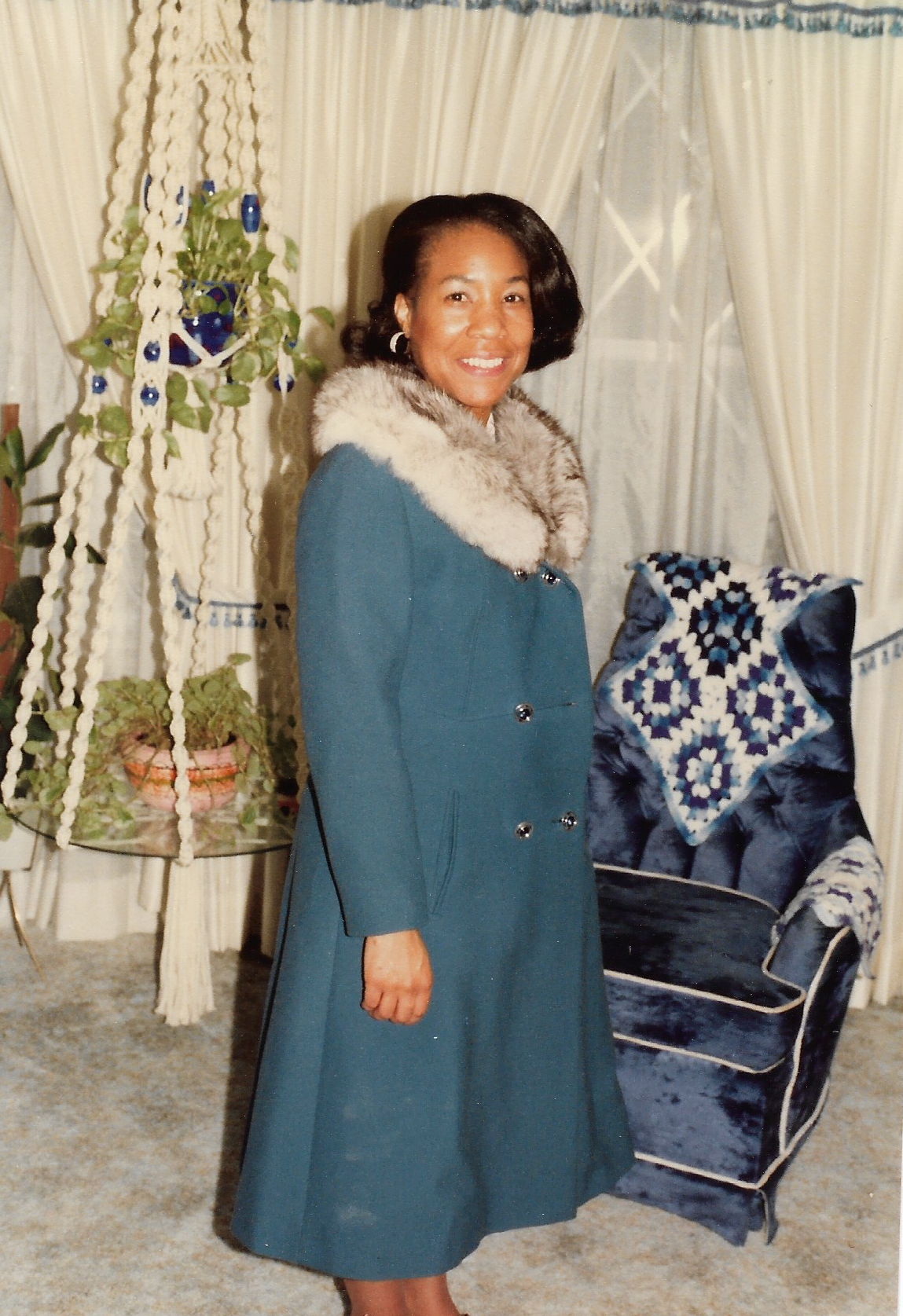
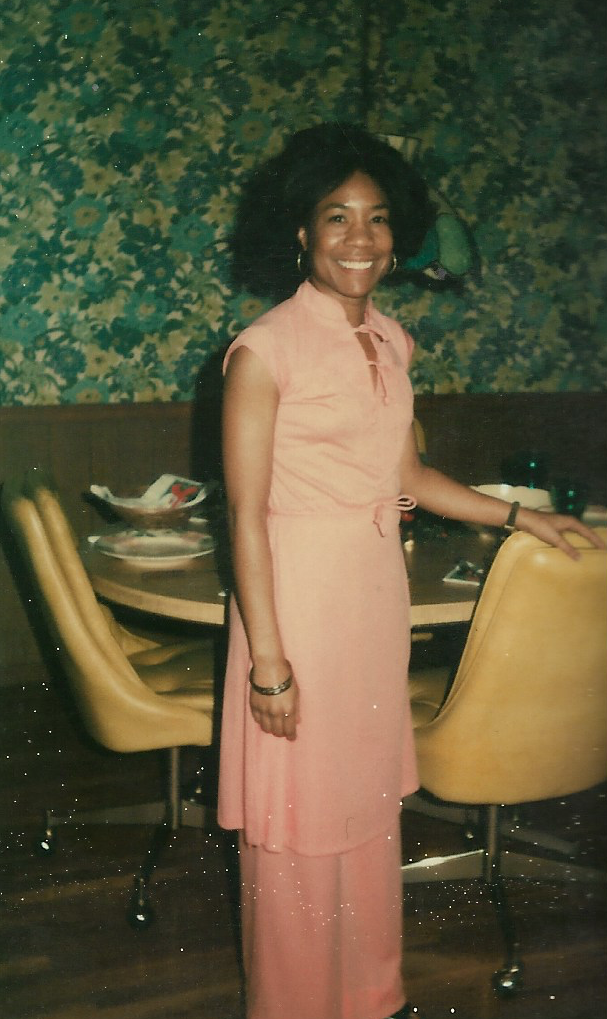
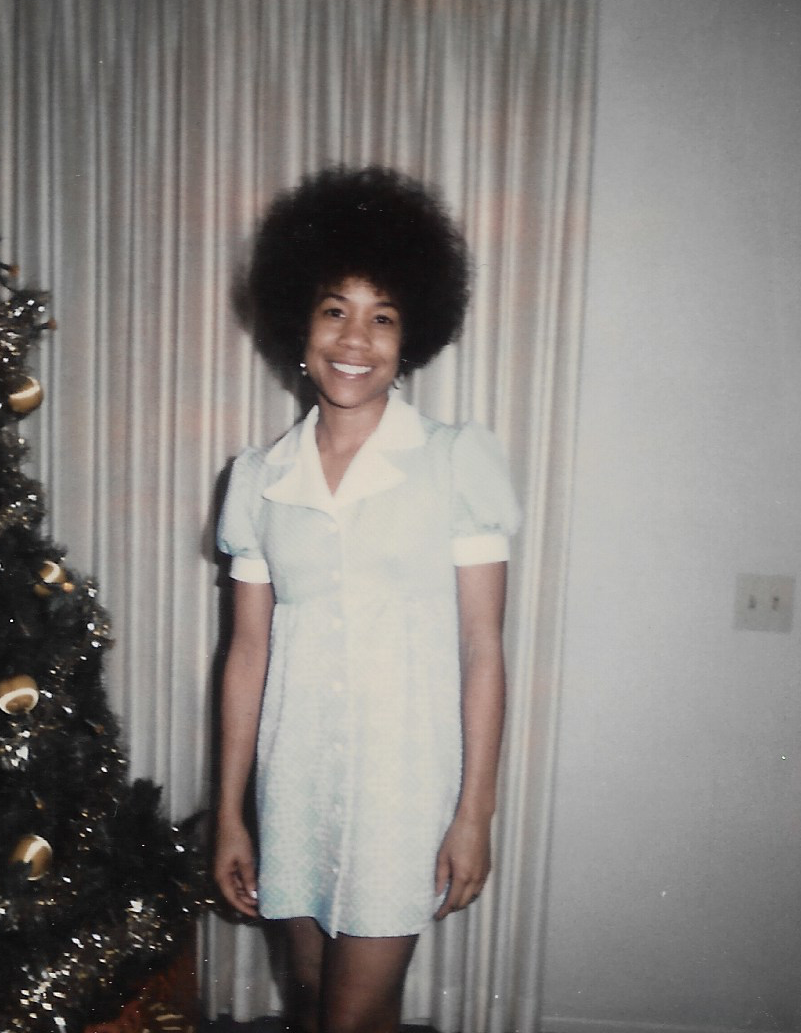
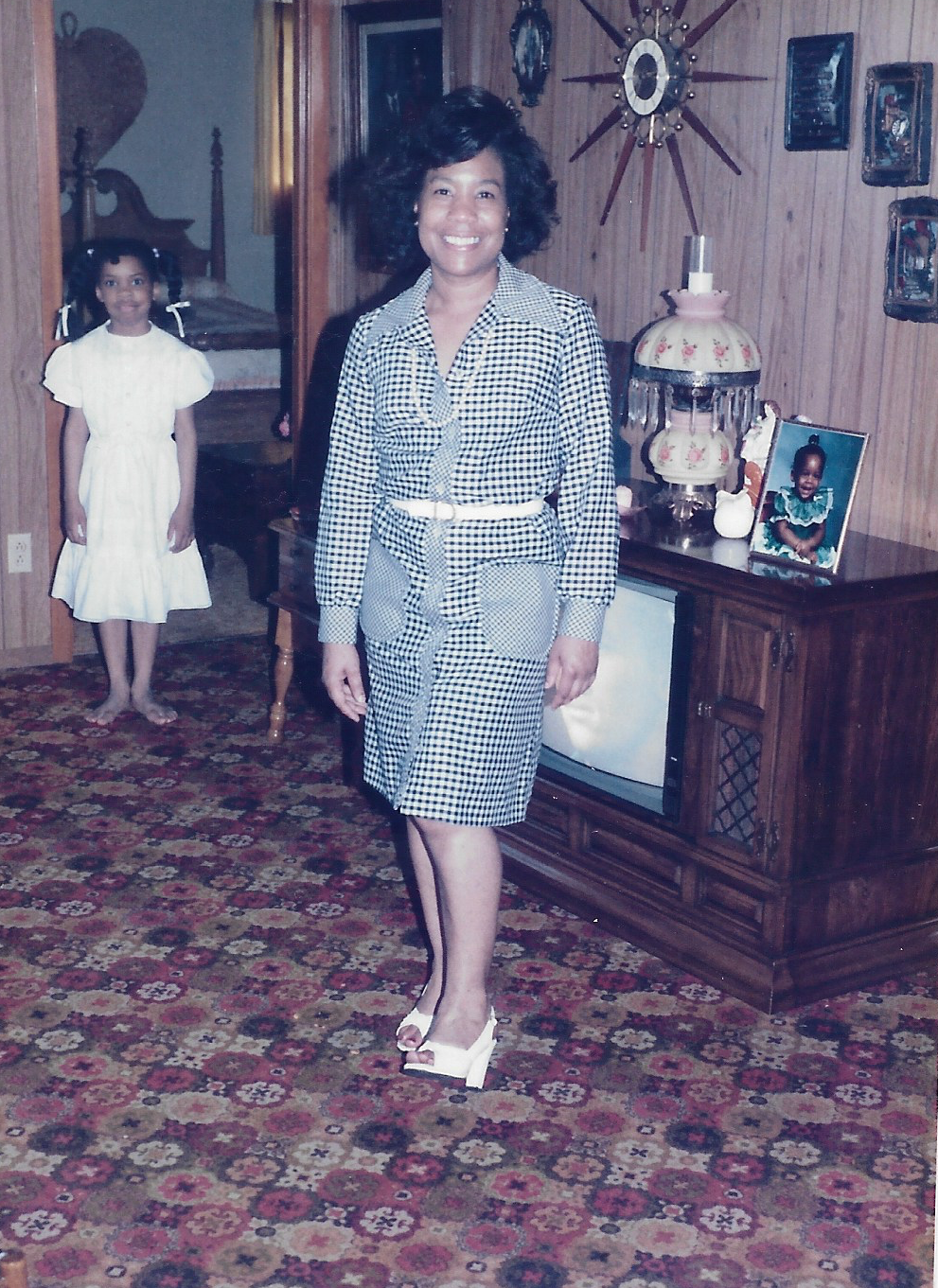

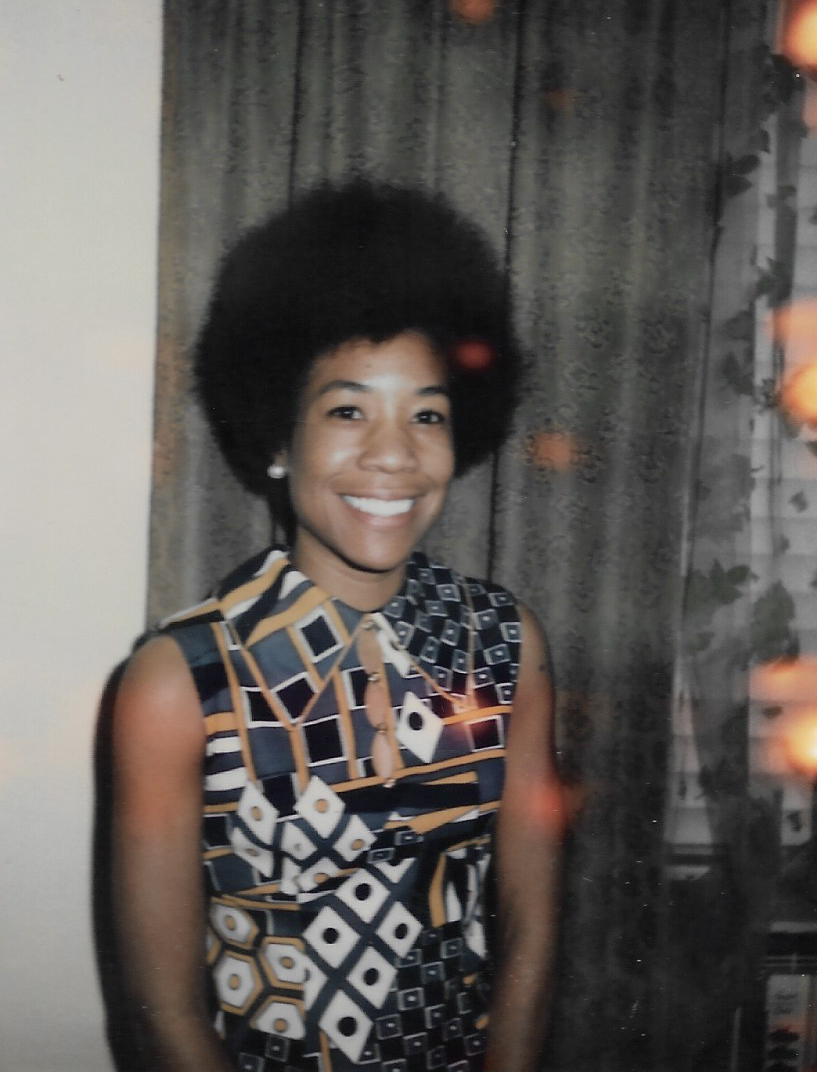
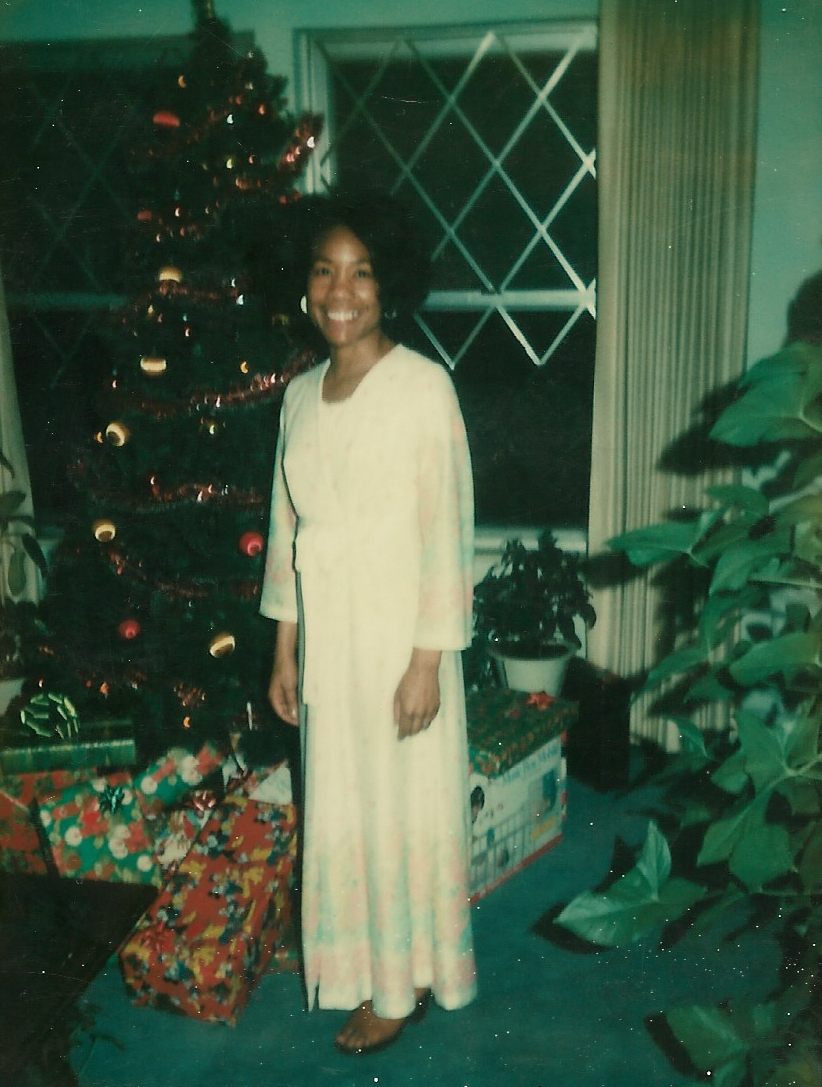
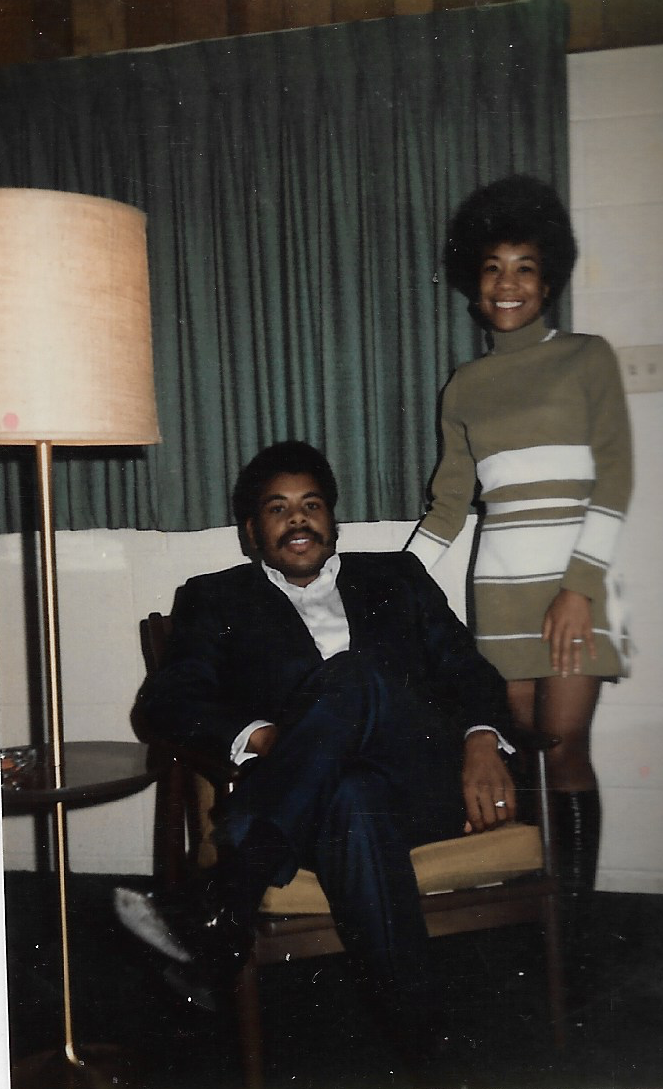
I figured out pretty quickly that my mom would not spend $100, $50, or even $20 on one item. That didn't feel like a deal to her, no matter how steep the discount. But she would happily purchase 10 or more items if they were under $10 a piece. With that in mind, I perfected scouring the sales and clearance racks for anything "suitable" for $9.99 or less. I also knew that if you spent time with her (which was all she really wanted, as now a parent of eye-rolling teens), she would be more likely to reward you with some extra cash or a few more items.
But lest you think I was a little master manipulator, I actually adored spending time with my mother, as we were two sides of a very similar coin. We were both charming, chatty, stylish people who had an entire comedy routine we would use to entertain the store clerks. Plus, I was the weird kid who was never ashamed or embarrassed of her, who relished spending time with her, and probably would have still gone to all those shopping trips even if she'd bought me nothing.
I was a Mama's baby through and through.
So my Mama took me shopping and would drop $100 on 15 items of clothing for me, and that is how my (first) walk-in closet became packed, messy, and ridiculous.
Fast-forward about 30 years, and I'm in the same boat with my closet, which now is just an oddly-shaped, narrow second bedroom in my Bed-Stuy rental. Today I ran out of hangers. I'm telling myself, "Do not order more hangers." Mostly because where in the hell would I put the clothes? The closet is full. The drawers are full. The racks are full. I'm trying to unload a small broom closet's worth of clothes and items on Poshmark. While I sold a lot of items in the beginning, I stopped promoting the page as much, so now tons of pieces are languishing in a closet I could easily use for ... more clothes.
Not that I need more clothes (obviously). My shopping problem (which is a problem) is directly related to both my love of fashion and my tendency toward the occasional compulsion when I very stressed out. Some people stress eat (which I used to do pre-Wegovy). Some people stress watch TV or stress surf TikTok. I stress shop.
It's a great form of therapy until you open up your accounts and see what happened when you got depressed and started online shopping in a fugue state.
That's why, at the end of the month, I'm throwing a stoop sale with my friend, fashion designer and collector Junny Ann Hibbert, in Ocean Hill. We'll be cleaning out my closet on the edge of Bed-Stuy on May 31st, starting at noon.
Want to know what's good? Shoot me an email!
I might even bake you a muffin or a biscuit!
Speaking of biscuits!
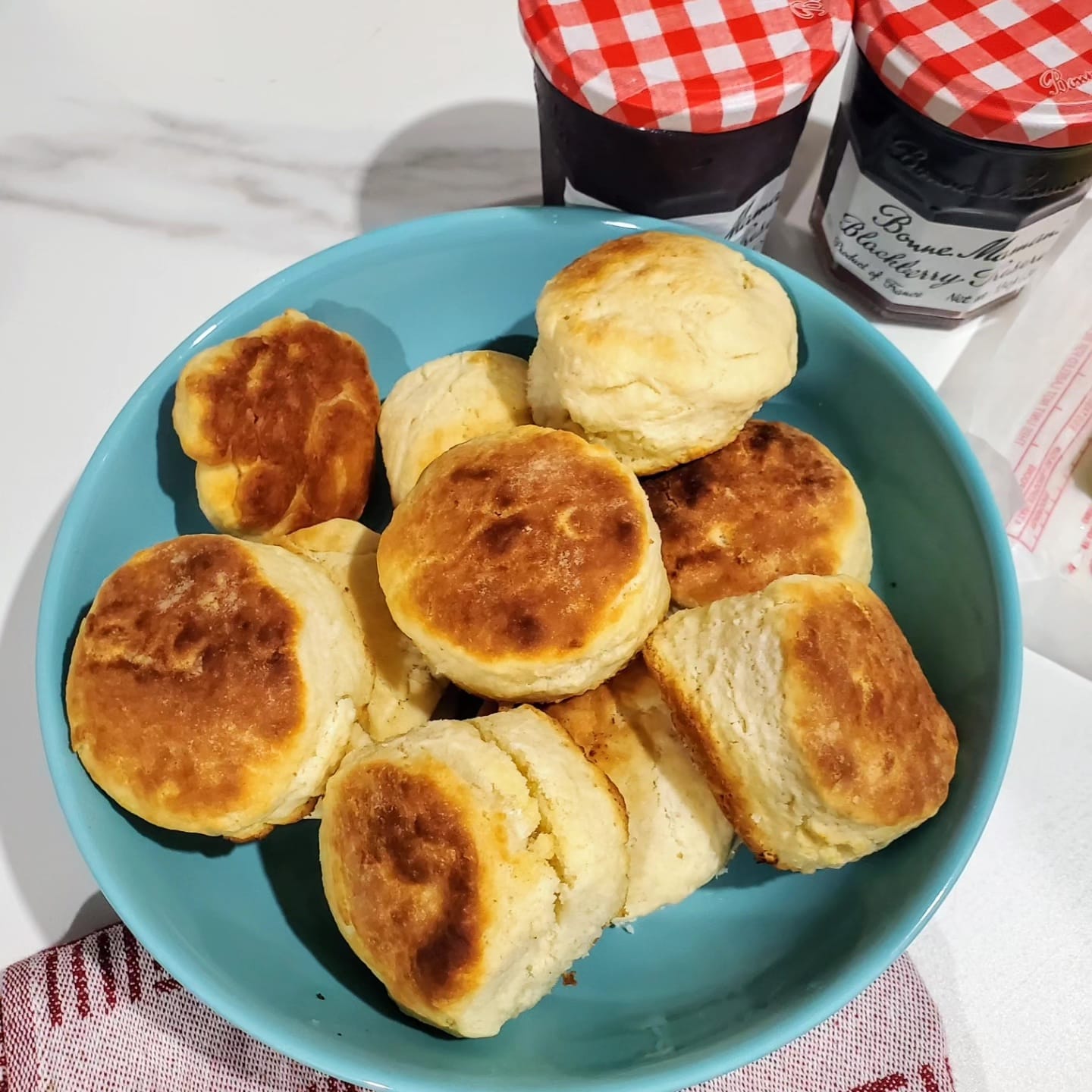
Sweet, Buttery Buttermilk Biscuits
While I'm more known for my pancakes, I can also bake a mean, delicious buttermilk biscuit. There is a quick way to make biscuits (a la my father, David Belton), but this is not it, because this biscuit involves infusing the dough with butter, making every bite moist and mouth-watering!
Ingredients:
- 2 cups of flour (plus extra for kneading the dough)
- 2 tbsp of sugar
- 1 tbsp of baking powder
- 1/4 tsp of salt
- 1 stick of cold, unsalted butter
- ½ cup of whole milk
- ¼ cup of buttermilk
- 4 tbsp of salted butter for brushing the top of the biscuits
Step 1
Preheat oven to 375 degrees.
Step 2
Mix all dry ingredients (flour, sugar, baking powder, salt) in a large bowl or use a flour sifter.
Step 3
Using a butter knife, cut the stick of cold butter into small quarter-inch cubes or grate the butter with a cheese grater.
Step 4
Add grated or cubed butter to the flour mixture and blend using a bladed pastry blender/cutter. If you don't have a pastry cutter, use your hands to break up the small butter cubes until they are pea-sized or smaller.
Step 5
Slowly stir in buttermilk and then milk to the flour mixture, making sure all the dry ingredients are now moist, causing the dough to become shaggy.
Step 6
Sprinkle some flour onto a dry, clean surface, then knead the dough on the flour-covered countertop. The dough should be pliable and not sticky. Flatten the dough into a ¾- to ½ inch thick rectangle on the counter surface.
Step 7
Using a round biscuit cutter and/or cookie cutter, cut about 10-12 biscuits approximately 2 inches wide out of the dough. If you don't have a round cookie cutter, try a water glass or mug.
Step 8
Take a cookie sheet and cover it with parchment paper. Place biscuits on the parchment-covered cookie sheet, spacing them about ¼ inch apart. (If you don't have parchment paper, use any other nonstick pan. You can also grease a regular pan or cast iron skillet with butter beforehand so the biscuits don't stick.)
Step 9
Melt 2 or 3 tbsp of salted butter.
Step 10
Brush melted butter on the tops of the biscuits.
Step 11
Place the cookie sheet with biscuits on the top rack of your oven. Bake for about 20-25 minutes or until the tops are golden brown.
Step 12
Remove biscuits from the oven and serve warm with honey or jam.
Optional: Slice open hot biscuits to add a pat of salted butter before serving.
